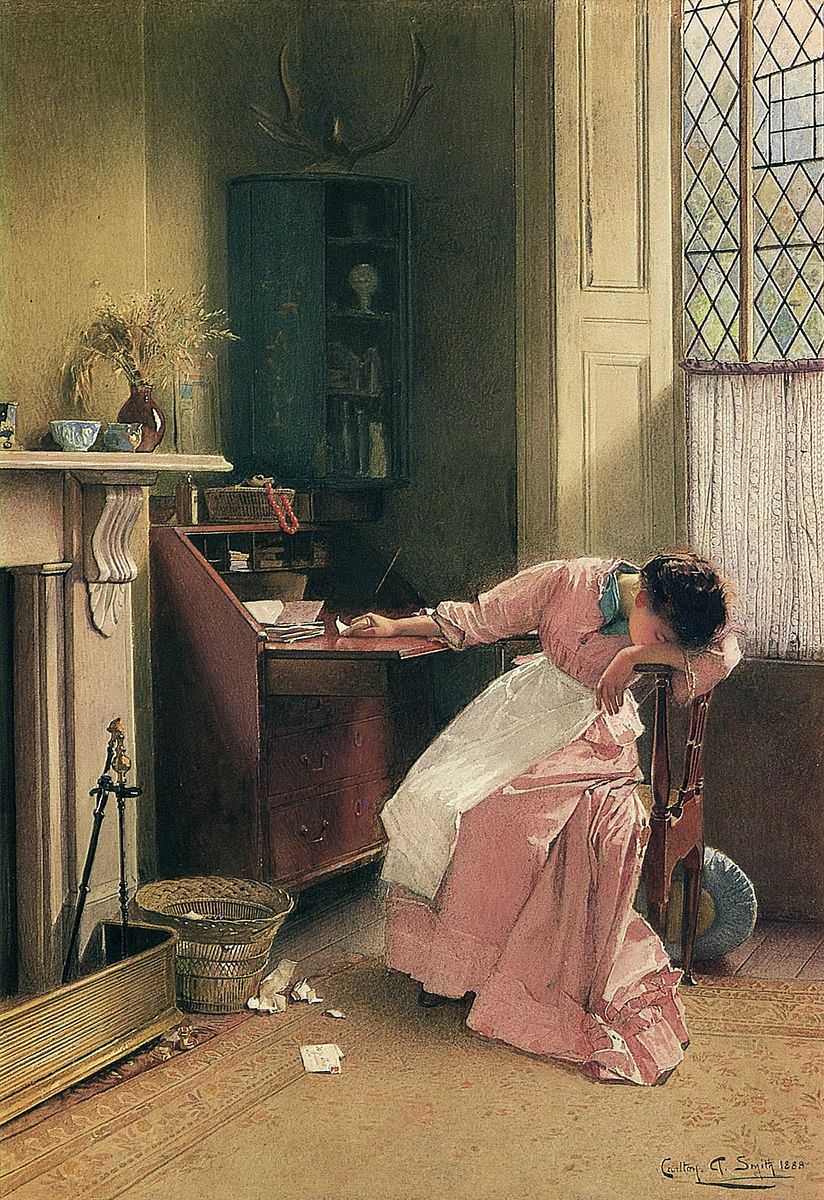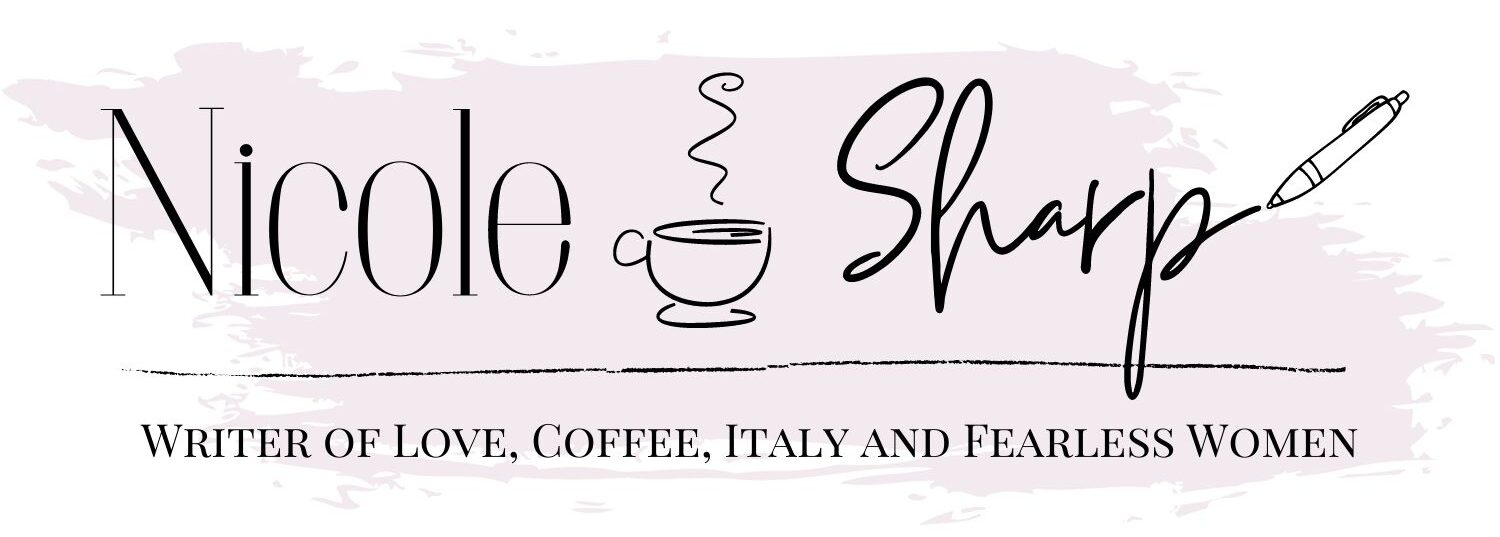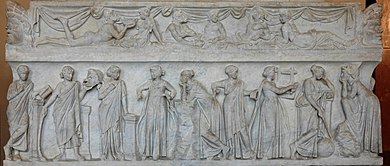
Muse a little…
Sing to me oh Muse…
From the time of the ancient Greeks, for several hundred years following that, it was the blessing of the Muses one needed in order create art. In fact, their support was crucial.
I was in grade school when I first heard mention of the Muses. It was also in grade school that I began writing. Of course, the two didn’t necessarily go hand in hand. It’s not like I had a creative longing and no idea what to do about it, but then learned about the Greek Muses and thus, began invoking their blessing to help me out. I mean, that would make for a good story, so be prepared somewhere down the road for me to tell it that way, but for today, the truth is that the two ideas existed separately at that time.
Then I went to college and began seeking a history degree in Antiquities. The Muses crossed my path once again. Only this time they were in full techno-color. That’s how study goes though. When you really delve into a subject, and don’t just scrape the surface, you find a richer tapestry, a greater background on which to appreciate and understand a topic.
The Muses were one of those topics that opened up broadly against the backdrop of ancient Greece. All the ancient artists invoked the Muses at the beginning of their creative journeys. Creative inspiration was dependent on the blessing of the Muses. The Muses were a ghostly force, a “gust of divine wind” that choose which human form it would infect with her inspiration. It’s from Homer’s work, and through many translations, that his incantation has evolved but come to stand for the sacred words needed to invoke the Muses: Sing to me, oh Muse…
But who were the Muses?
There is some debate as to their parentage and number even. There were anywhere from three Muses to Eight. However, the “father of Greek didactic poetry”, a man named Hesiod, sealed the argument when he wrote this epic poem called the Theogony which told the mythical stories of the gods. In this work, he declared there were nine Muses and so it came to be. But just how did Hesiod become the foremost specialist on the Muses? Because he met them. At the base of Mount Helicon, Hesiod met the Muses who inspired him to write the Theogony.
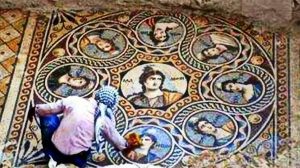
I sometimes think I missed my mark. Oh, to be able to write in a time when the population was much less, when there wasn’t such an influx of writers, and when the writers of the day were creating not only forms of epic poetry but mythology to explain their world…oh man. Should I have been born in Ancient Greece? Then again, for any of my work to be remembered it would be a roll of the dice to make sure at least one of my papyrus or tablets of works was buried just the right way for the right archaeologist to find it. And I would have to make sure my name was never detached from my work. Hmmm. Well, at least I like the idea of being in an argument in the Agora and as I tell my fanciful tales, someone would say, “you don’t know that,” and in reply I could look down my nose and declare, “I do so know these things, for it was at the base of Mount something-or-other on the third day of Jupiter I came across a weeping woman who told me she was indeed the goddess of Flowers and Metallurgy and she had been thrown from Olympus but had knowledge of all the gods and their true deeds and names.” That would shut down the naysayers who think I was just creating a new fictional poetry of the day.
I digress.
The Muses were supposedly the daughters of Zeus and Mnemosyne, (nee-mos-un-nee), the Goddess of Memory. While Hesiod gave each Muse a different name, he didn’t necessarily attribute different arts to each Muse at this point. That would come into play later down the road.
A side note: I love the Greek gods and their origin stories. Wanna know how there came to be nine Muses? Zeus went to Mnemosyne’s bed nine nights in a row. This is how Hesiod explained it:
“Mnemosene slept on the mountains of Pieria with the son of Cronus and gave birth to these virgins who make us forget our worries and lessen our pain. For nine nights in a row Zeus would climb on his holy bed and sleep with Mnemosene away from all eternal Gods. A year later, when the months and seasons had completed their cycle and when many days had passed, Mnemosene gave birth to nine daughters…”
Eventually, when the Roman’s adopted all things Greek, tweaking them just enough to make them their own, they designated different attributes to each of the Muses. Here’s a quick reference guide:
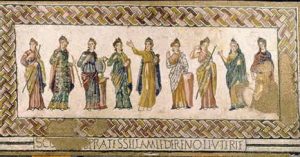 Calliope: Is the most important. She represents epic poetry and rhetoric and is depicted holding laurels in one hand and the two Homeric poems in the other hand.
Calliope: Is the most important. She represents epic poetry and rhetoric and is depicted holding laurels in one hand and the two Homeric poems in the other hand.
Clio: Discovered history and guitar. (Which makes you wonder what was going on in Rome when they were working on these goddesses and decided history and guitar go hand in hand.) She’s depicted with a clarion in her right arm and a book in her left hand.
Erato: She represents singing and love; love poetry and weddings. She’s depicted holding a lyre and an arrow with bows. But don’t worry, these are arrows of love.
Euterpe: The goddess of Lyric poetry. She also discovered several musical instruments, courses and dialectics. She’s depicted holding a flute, surrounded by other instruments.
Polymnia: Protector of hymns to the gods and heroes. She invented geometry and grammar. (Once more, what was the thought process when assigning attributes? I mean, did they just write down all the different art fields of the day, toss em in a helmet and assign them willy nilly?) Polymnia is depicted looking up to the sky, holding a lyre.
Terpsichore: She invented dances and discovered the harp and education. She’s depicted wearing laurels on her head, holding a harp and dancing.
Thalia: She is the protector of comedy. But check this out, she discovered comedy as well as geometry, architecture and agriculture. (I suppose geometry and agriculture could be seen as occasionally funny?!) She’s depicted holding a comedy mask.
Melpomene: She is the yin to Thalia’s yang. Melpomene is the protector of Tragedy. She invented tragedy and rhetoric speech. She’s depicted holding a tragedy mask.
Ourania: She discovered astronomy. As the protector of celestial objects and stars she is depicted bearing a celestial sphere and a bow compass.
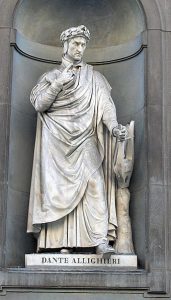
So, fast forward and we’re in the Italian Renaissance. Our boy Dante is the next big thing. He properly invokes the Muses help when he writes his Divine Comedy, “O Muses! O High Genius! Be my aid!”
But something else happens at this point. Dante has a new muse that pulses through his creativity. Not a group of nine goddesses this time, but a flesh and blood woman named Beatrice. Dante put Beatrice center stage of his writings. She was his muse come to life. She passed away when she was 20, so Dante was left with heart wrenching longing which propelled Beatrice onto a pedestal for Dante. She would become the ideal woman. And I would argue, this was when the idea of a muse changed, drifting away from the whispers and whims of a group of goddesses into a world of flesh and bone inspiration.
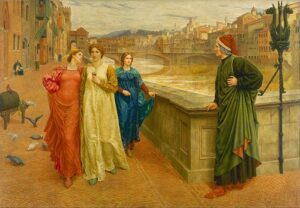
Painters and poets began to find their muse in unattainable woman. How many stories do we have of unrequited love driving an artists mad? Anyone’s ear come to mind? These unattainable women were placed on precariously high pedestals, and when they came down and decided their own fate, was that the day the idea of a muse passed away?
See, when I started all this talk about Muses, what I was wondering is where have all the muses gone? Or more to the point, in this 21st century world, the Muse of old doesn’t work against our current backdrop, does it?
Is there is even room for the Muses these days?
It would stand to reason that just like the Muses needed an update in Roman times, we need to update them as well. But what is a muse in this 21st century world? Perhaps Dante was onto something, while it might be a person, maybe each poet, each artist, each writer invokes their own muse; finds the whispers into their souls from vastly different sources these days. They might not go by the same name as muse, but they are indeed inspirational.
As I’ve been thinking these thoughts, I’ve cobbled together a list in my mind of what my muses would look like. To make it Greek, I’m going to limit it to nine muses that have inspired me throughout my writing career so far.
Coffee: I’m so enamored by coffee and the culture that I have a blog dedicated to the stuff. And my bio even reads that I swig “coffee the way a dehydrated sailor with scurvy would whiskey.” Which is true.
Mark Twain: Known as the father of American Literature was more than that to me, he was a connection to my southern roots. He made sure the stain of Stone Mountain Georgia red clay never washed away from my soul.
Jane Austen: She made the everyday life of ordinary people interesting. Proving I had a well of inspiration in my own backyard.
Madeleine L’Engle: She is my writing endurance. I never understood as I read A Wrinkle in Time that I was being influenced by a female protagonist that was “changing the landscape of possibility for women writers of science fiction”. I just loved her words. Then, when I found out she was rejected time and time again. That she fought for her words. That she fought for her audience and didn’t take no for an answer…that’s the endurance she provided.
Louis L’Amour: Yeah, that guy who wrote westerns in the 50s. I found Louis when I lived in an old west mining town in Colorado. I read all his books then and he showed me the wide open prairie, blanketed me with a starry night and around a crackling fire explained how to believe in my writing.
“The early years were harder than anyone can imagine… It is never easy to be hungry, never easy to be alone, never easy to believe in oneself when nobody else does.”- Louis L’Amour
Hemingway: He taught me longing. He introduced me to my tribe and took part of my heart and buried it in Saint-Germain-des-Prés beneath the café Les Deux Magot. I read A Moveable Feast and cried because I longed to be a part of that era. To be a part of Paris in the 20s. There seemed to be such substance and need and urgency in what Hemingway presented through his life and his words. I should have learned the art of saying more with less, but instead, I learned about longing.
Travel: This weighty muse of travel taught me who I am. I learned I wasn’t lost for my wandering. For my wandering was my truest calling.
“Travel not to find yourself but to remember who you’ve been all along.”- anonymous.
Italy: The blood of Italy pumps through my veins, always had. I took Latin in High School as my language just to be closer to the history of that country. From the time I was 19 and sat on the steps of the Duomo, my compass has drawn me to travel in Italy. Italy gave me an inexhaustible topic to write about.
“There is history at every turn in this city. The walls radiate with life, but this city is dirty, it’s a dirt we don’t have in America. Ancient dirt; a mixture of empires, art eras, popes, kings, and dynasties. A dirt that, if cleaned up, would only be a sad Disneyland version of Rome. I enjoy the dirt, it is history stamped upon Rome.”
Ray Bradbury and Stephen King: These two muses are from my youth and they go together because both of these men scared the crap out of me. The youthful part of me reveled in the fear their stories brought. But as I grew and I found the men behind the words, it was the lessons gleaned from their lives that taught me about perseverance and art for the sake of art.
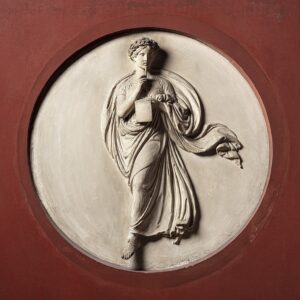 The point of the Muses, according to our grandfather Hesiod, was for them to “make us forget our worries and lessen our pain”. So when I sing to the Muses in my own art, when I implore Calliope to aid my writing, and when I look to my other personal 21st century Muses, I am asking them to help me in the task that has been set before me: To entertain, even if it’s for the briefest of moments.
The point of the Muses, according to our grandfather Hesiod, was for them to “make us forget our worries and lessen our pain”. So when I sing to the Muses in my own art, when I implore Calliope to aid my writing, and when I look to my other personal 21st century Muses, I am asking them to help me in the task that has been set before me: To entertain, even if it’s for the briefest of moments.
All that being said, what are your 21st century Muses? What inspires you?

